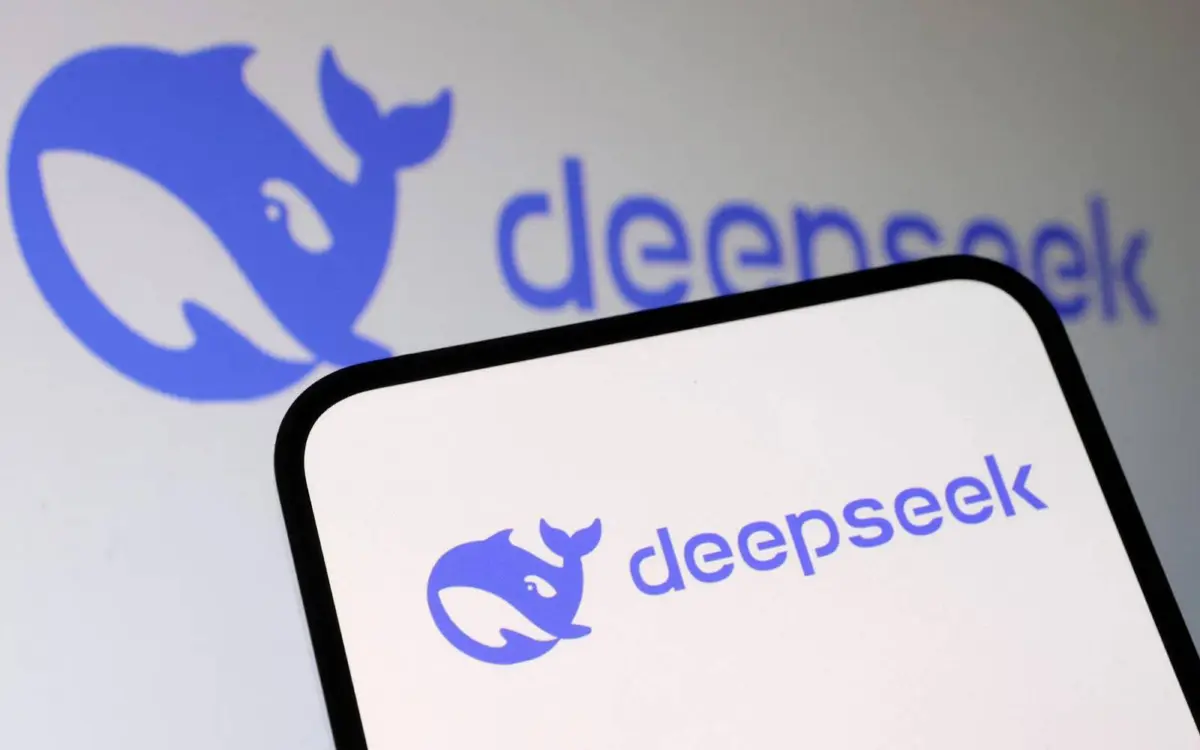So, Deepseek. Maybe you’ve heard the name floating around in AI circles, maybe not. Either way, it’s one of those things that’s creeping up fast, and people who care about AI should probably know what’s going on here. Let’s break it down without the usual polished hype.
What is Deepseek?
At its core, Deepseek is an AI model. But saying that doesn’t really do it justice. It’s a system built to process and generate text in a way that feels (mostly) human. You know how AI models like GPT do their thing? Deepseek is another player in that space, trying to push things further, do things diferently, maybe even better in some ways.
Deepseek is trained on a boatload of data—massive datasets scraped from all sorts of sources, structured and unstructured, cleaned up (to an extent) and fed into complex neural networks. The goal? To make text generation smoother, smarter, and less prone to weird, robotic errors that make AI responses sound off.
How It Works
Alright, let’s get into some of the tech. Deepseek is built on transformer architechture, just like most modern AI language models. If you’re not familiar, transformers are a type of neural network that work especially well for processing language. Instead of looking at words one by one in a strict order, transformers can consider multiple parts of a sentence at once, figuring out relationships between words in a more flexible way.
Deepseek likely uses something like a mix of pretraining and fine-tuning. First, it’s exposed to a ton of data to learn general language patterns. Then, it’s adjusted on more specific datasets to refine its responses. This process helps cut down on randomness and makes sure it doesn’t just spit out nonsense.
One of the big things that sets Deepseek apart is how it handles context. Some models struggle to remember what was said earlier in a long conversation, making them feel kinda forgetful. Deepseek tries to hold onto more context for longer, making its responses more consistent. That’s the goal, at least—no AI model is perfect at this yet.
Where Deepseek Shines
So, what’s it actually good for? Well, Deepseek can be used in a bunch of different places. Think automated content generation, customer support, research assistance, even creative writing (if you’re willing to deal with the occasional oddball phrasing). Developers can integrate it into apps, websites, chatbots—anywhere a text-based AI helper makes sense.
One thing that’s interesting about Deepseek is how it handles technical or knowledge-heavy responses. Some AI models tend to go generic when asked about complex topics, but Deepseek seems tuned to give more in-depth answers. Of course, that depends on how it’s trained and what kind of fine-tuning has been applied.
It’s also pretty good at multi-lingual tasks. If you’ve ever tried AI translations, you know they can be hit or miss—Deepseek is trying to push that forward, making translations smoother and more accurate.
The Problems (Because There Are Always Problems)
Let’s be real—AI still has its issues, and Deepseek is no exception. First off, bias. Like all models trained on internet-scale data, it can reflect the biases of the stuff it was trained on. People working on these models try to reduce that, but it’s an ongoing challenge.
Then there’s the classic issue of AI just… making stuff up. Deepseek, like other models, sometimes generates text that sounds convincing but is completely wrong. This is a major problem if you’re relying on it for factual info. It’s why AI needs to be checked, not blindly trusted.
Another thing—computational cost. Running a powerful AI model isn’t cheap, and Deepseek requires some serious hardware to run at its best. That means smaller developers might struggle to use it efficiently unless they have access to optimized, hosted versions.
The Road Ahead
So what’s next? Deepseek is still evolving, and we’re likely to see updates that improve accuracy, reduce bias, and make it even more context-aware. The AI field moves fast, and models that are cutting-edge today can feel outdated in just a few years.
There’s also the question of how AI like Deepseek will be regulated. Governments and organizations are starting to put more rules in place to control how AI is used, and that’s going to shape what Deepseek can and can’t do in the future.
Wrapping Up
Deepseek is an intresting piece of tech—one that’s worth keeping an eye on. It’s got a lot of potential, but like all AI models, it’s got its fair share of flaws too. Whether it’s the next big leap forward or just another step in the evolution of AI, we’ll have to wait and see. Either way, if you’re into AI, it’s probably something you’ll be hearing more about soon.



